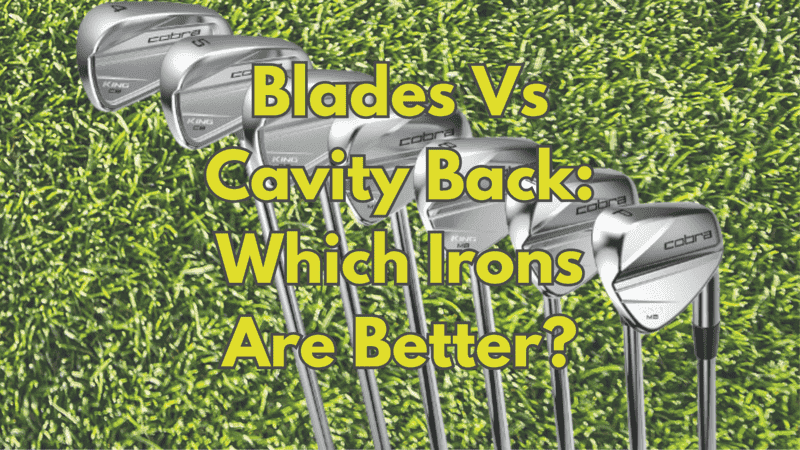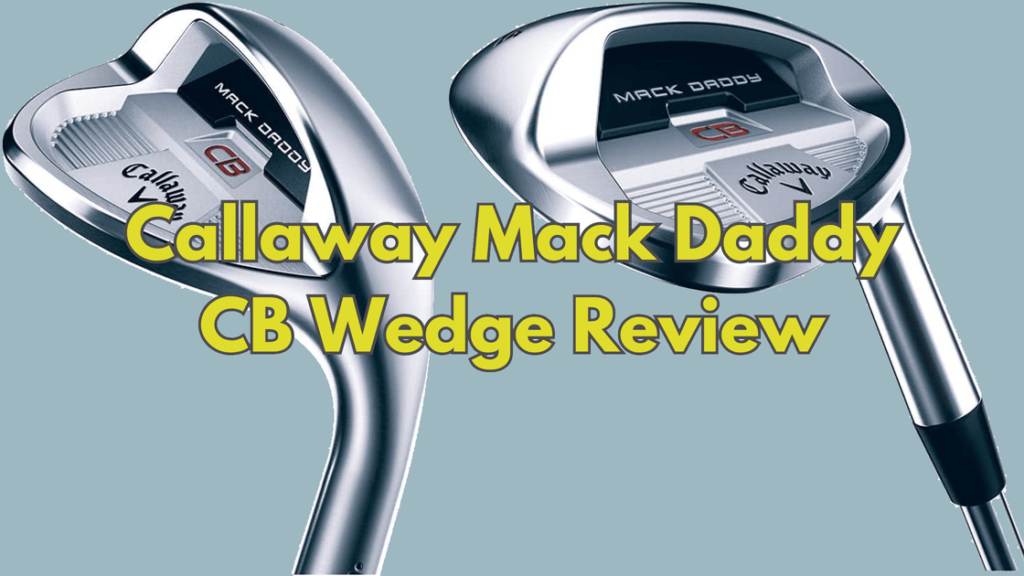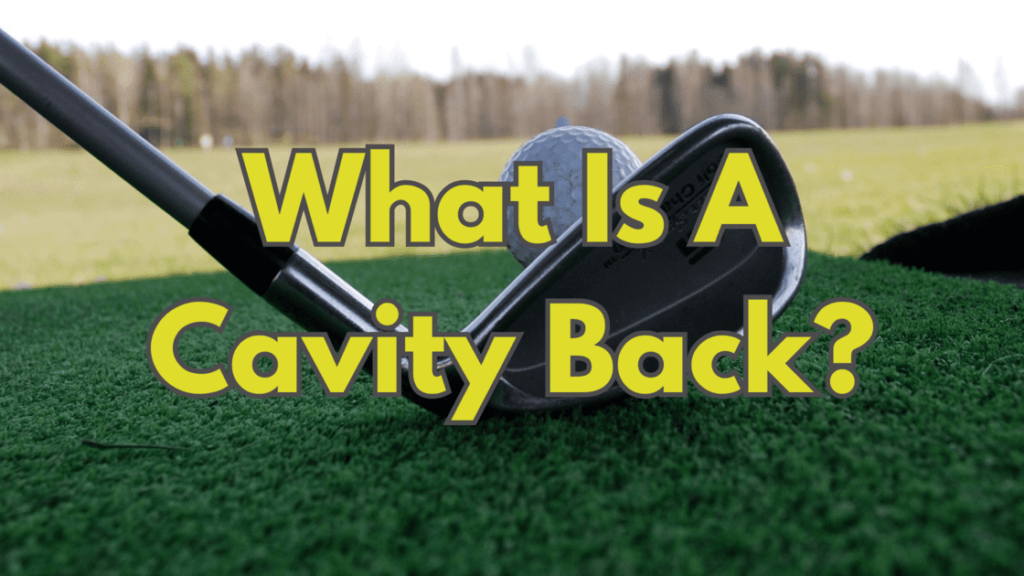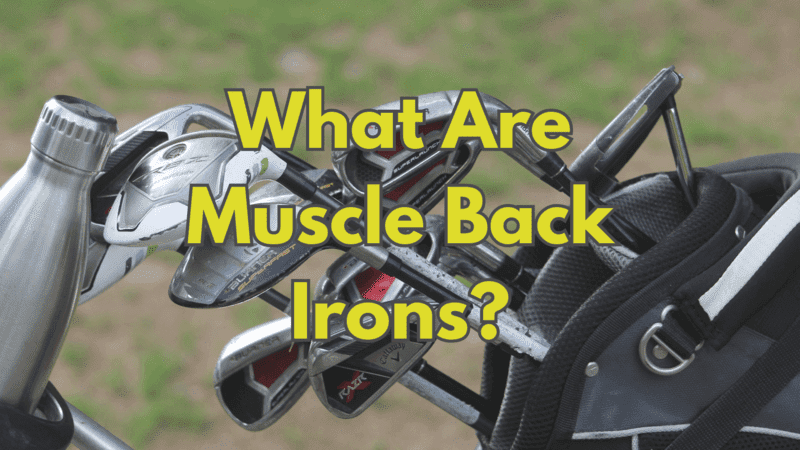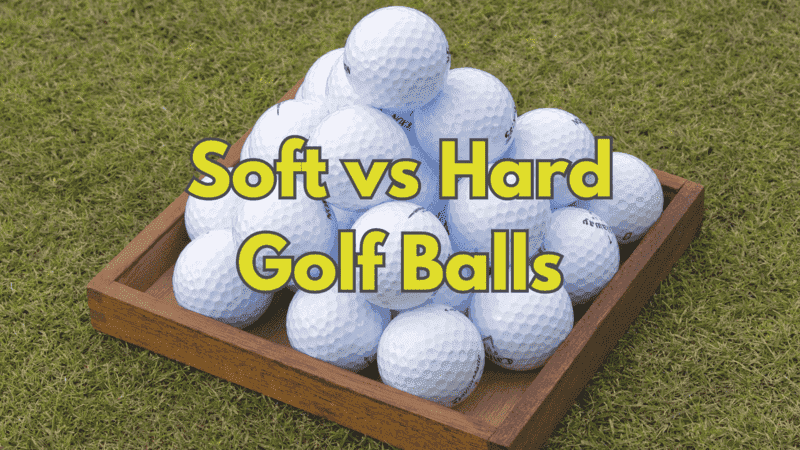In the world of golf, the age-old debate between blades and cavity back irons is as enduring as the game itself. It’s a topic that’s sparked heated conversations on fairways and in clubhouses for decades. When it comes to selecting the right irons for your game, the choice between these two archetypal designs is like choosing between a sleek sports car and a versatile SUV – each has its own unique set of advantages and allure. But who wins in the battle of blades vs cavity back irons?
So, if you’ve ever found yourself pondering which type of iron suits your style and skill best, you’re in the right place. In this blog post, we’re delving deep into the Blades vs Cavity Back showdown. We’ll dissect the strengths, weaknesses, and secrets of these two golfing powerhouses. Hopefully helping you make an informed decision that can take your game to the next level.
Whether you’re a seasoned golfer or just teeing off on your golfing journey, this exploration will provide the insights you need to choose the perfect irons for your swing. Let’s settle this age-old debate and get you swinging with confidence!
Understanding the Different Types of Irons
When it comes to golf irons, there are several different types that players can choose from. Each type has its own unique features and benefits, catering to different playing styles and skill levels. Two popular types of irons are blade irons and cavity back irons.
Blade irons, also known as muscle backs, are preferred by skilled players who prioritize shot control and workability. These irons have a sleek, compact design with a thin blade-like face that allows for precise shot-making. The smaller sweet spot on blade irons demands a high level of skill and consistency from the golfer.
On the other hand, cavity back irons are more forgiving and suited for players who prioritize distance and consistency. The back of the iron is hollowed out, redistributing weight to the perimeter and creating a larger sweet spot. This design helps minimize the impact of mishits and provides greater forgiveness on off-center shots.
The Pros and Cons of Blade Irons
Blade irons are known for their sleek and classic design, appealing to golfers who value tradition and aesthetics. One of the main advantages of using blade irons is the exceptional control they offer. With a smaller clubhead and less forgiving nature, blade irons allow skilled golfers to have more precise shot shaping capabilities. This is particularly beneficial when trying to execute complex shots around obstacles or when playing in windy conditions. The reduced perimeter weighting of blade irons also means that golfers can feel the impact of the ball more acutely, providing a satisfying feedback that is valued by many experienced players.
However, the benefits of blade irons come with a trade-off. Due to their smaller clubhead size and reduced forgiveness, blade irons can be less forgiving for golfers who have imperfect swings or inconsistent ball-striking abilities. This means that off-center hits may result in more severe mis-hits. Which causes the ball to veer off line and lose distance. Moreover, the reduced perimeter weighting can also lead to less stability during off-center hits. Which might affect the golfer’s confidence in their shot execution. As such, blade irons require a higher level of skill and precision to consistently achieve desirable results.
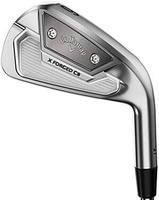
This is one of the best blade style irons we have used for a while. We highly recommend this club!
Exploring the Benefits of Cavity Back Irons
Cavity back irons, also known as game improvement irons, are a popular choice among golfers of all skill levels due to their numerous benefits. One significant advantage of cavity back irons is their forgiveness. The design of these irons features a cavity in the back of the clubhead, redistributing the weight to the perimeter. This perimeter weighting helps to stabilize the clubhead, reducing the effect of off-center strikes. As a result, golfers are more likely to achieve straighter, more accurate shots, even on those occasional mishits.
Another benefit of cavity back irons is their enhanced playability. The cavity design allows for the placement of more weight lower and deeper in the clubhead, creating a lower center of gravity. This lower center of gravity helps to launch the ball higher into the air, resulting in longer, more impressive shots.
Additionally, the wider sole of cavity back irons provides more forgiveness on turf interactions. This makes it easier for golfers to get the ball airborne with consistent contact. Overall, cavity back irons offer a combination of forgiveness and playability that can greatly improve a golfer’s game, regardless of their skill level.
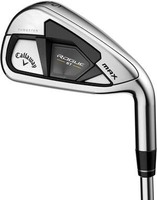
This is one of the best cavity back style irons we have used for a while. We highly recommend this club!
Factors to Consider When Choosing the Right Irons
When it comes to choosing the right irons for your game, there are several factors that need to be considered. One of the most important factors is your skill level. If you are a beginner or high handicapper, cavity back irons might be the better option for you. These irons have a larger sweet spot and offer more forgiveness on off-center hits. On the other hand, if you are a skilled player with a low handicap, blade irons might be more suitable. Blade irons offer better shot control and workability, allowing you to shape your shots with precision. Keep in mind that choosing the right irons also involves considering your playing style and personal preferences. Some players prioritize distance, while others value feel and feedback. Analyzing these factors will help you make an informed decision that aligns with your needs on the golf course.
How Blade Irons Enhance Shot Control
Blade irons excel in providing golfers with enhanced shot control on the course. These irons are designed to offer maximum feel and precision, allowing players to have complete control over their shots. The key to their shot control lies in the design of the clubhead. The thin and compact head of a blade iron allows for a deeper center of gravity. Which results in a more consistent and accurate shot.
This design feature also enables players to easily shape shots and control trajectory, giving them the ability to hit fades, draws, and straight shots with ease. The sharp leading edge of the clubface promotes clean contact with the ball. Thus reducing the chance of mishits and providing more control over the shot’s direction and spin. With blade irons, golfers can take their shot control to the next level, enhancing their overall performance on the course.
The Forgiveness Factor: Why Cavity Back Irons Shine
The forgiveness factor is a crucial aspect to consider when selecting the right iron for your game. Cavity back irons have gained popularity among golfers due to their exceptional forgiveness. This forgiveness stems from the design of the clubhead, which features a cavity or hollowed-out back. By redistributing weight around the perimeter of the clubhead, cavity back irons increase the moment of inertia (MOI), making them more forgiving on off-center hits.
When you mishit a shot with a cavity back iron, you will notice a minimal loss of distance and accuracy compared to blade irons. The extra forgiveness provided by cavity back irons means that even when you strike the ball slightly off-center, the clubface’s larger sweet spot will still generate decent results.
This forgiveness allows golfers to enjoy more consistent ball flights and increased confidence in their swings. This is especially true for beginners and high-handicap players. So, if you value forgiveness and want more forgiveness on your mis-hits, cavity back irons are an excellent choice to consider.
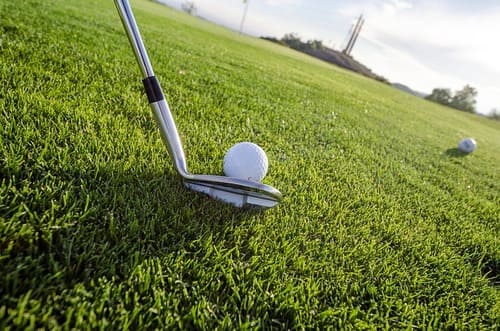
Analyzing the Feel and Feedback of Blade Irons
When it comes to analyzing the feel and feedback of blade irons, golfers often describe a unique sensation that sets them apart from cavity back irons. The common keywords associated with this analysis include “accuracy,” “control,” and “responsiveness.” Blade irons, known for their sleek design and thin clubface, provide golfers with a heightened sense of touch and connection to the ball. The solid, one-piece construction of these clubs allows players to feel every impact and receive immediate feedback on their swings.
Golfers often praise the remarkable accuracy and shot-shaping capabilities offered by blade irons. With their small sweet spot and minimal perimeter weighting, these clubs demand precision and superb ball-striking skills. Players who have mastered the art of hitting with blade irons can enjoy the ability to shape their shots and control the flight of the ball with greater precision. This exceptional level of control, combined with the instant feedback received from the clubs, allows golfers to fine-tune their swings and make subtle adjustments to improve their performance on the course.
The Sweet Spot: Cavity Back Irons and Distance
When it comes to blades vs cavity backs and distance, cavity back irons have an advantage over blade irons. The design of cavity back irons allows for a larger sweet spot, which refers to the area on the clubface that generates the most power and distance. With a larger sweet spot, cavity back irons are more forgiving on off-center hits. Which results in shots that still travel a decent distance. This forgiveness can be especially beneficial for amateur or less experienced golfers. As it helps compensate for any slight mishits that may occur during a swing.
Additionally, the perimeter weighting of cavity back irons helps to distribute the weight around the clubhead, creating a more stable and solid impact at impact that translates into greater distance. Overall, cavity back irons are designed with distance in mind. Which makes them a great choice for golfers who are looking to maximize their power and performance on the course.
Comparing the Workability of Blades Vs Cavity Back Irons
Blades Vs cavity back irons are two popular choices among golfers due to their distinct workability characteristics. Blade irons, often referred to as muscle-back irons, are typically favored by skilled players who prioritize shot control and precision. These irons feature a thin clubhead with a concentrated sweet spot, allowing for maximum feedback and the ability to shape shots with ease. The workability of blade irons is unparalleled, as they offer players the freedom to manipulate the trajectory, spin, and shape of the golf ball. However, it is important to note that mastering blade irons requires a high level of skill and consistency in ball striking.
On the other hand, cavity back irons are known for their forgiveness and playability. These irons are designed with a larger sweet spot and a perimeter-weighted clubhead, which results in more forgiveness on off-center hits. Cavity back irons are commonly chosen by amateur and mid-to-high-handicap players who prioritize distance and consistency. Although they may not offer the same level of workability as blade irons, cavity back irons provide players with more forgiveness and assistance on mis-hits. This can be particularly beneficial for golfers who struggle with consistently striking the ball flush.
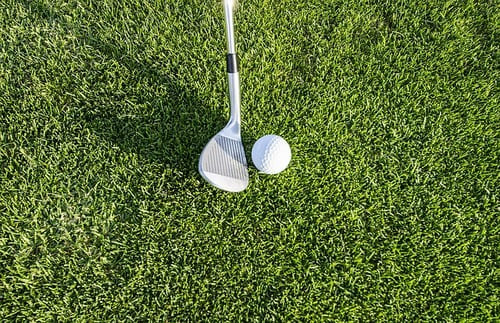
Making an Informed Decision: Which Irons Are Better for You?
When it comes to deciding which type of irons are better for you, blades vs cavity backs, there are several factors to consider. Firstly, consider your playing style and skill level. Blade irons are typically favored by more skilled players who have excellent control over their shots. These irons offer enhanced shot control and the ability to shape shots with precision. On the other hand, cavity back irons are designed to be more forgiving, making them ideal for beginners or high-handicap players. They have a larger sweet spot and provide greater distance on off-center shots.
Another aspect to consider is the feel and feedback of the irons. Blade irons are known for providing a greater sense of feedback upon impact. Skilled players often appreciate the direct response that allows them to fine-tune their swings.
Conversely, cavity back irons offer a softer feel due to their perimeter weighting and hollow design. This can be more forgiving for players who prefer a softer impact and desire extra help in getting the ball airborne. Ultimately, choosing the better iron for you depends on your individual preferences, playing ability, and what you value most in your golf game.
FAQs
What are the different types of irons available in the market?
There are primarily two types of irons available: blade irons and cavity back irons.
What are the pros and cons of blade irons?
Blade irons offer enhanced shot control and workability, but they require more skill to use effectively and are less forgiving on off-center shots.
What are the benefits of cavity back irons?
Cavity back irons provide more forgiveness on off-center shots and are generally easier to hit for golfers of all skill levels.
What factors should I consider when choosing the right iron for me?
Factors to consider include your skill level, desired shot control, forgiveness, distance, and personal preferences.
How do blade irons enhance shot control?
Blade irons have a smaller sweet spot and a thinner clubface, allowing for more precision and control over shot shaping.
Why do cavity back irons shine in terms of forgiveness?
Cavity back irons have a larger sweet spot and a perimeter weighting design, which helps to minimize the effects of off-center hits and provide more forgiveness.
How can I analyze the feel and feedback of blade irons?
Blade irons typically provide more feedback on impact due to their solid construction, allowing you to better assess the quality of your shots.
How do cavity back irons perform in terms of distance?
Cavity back irons are designed to provide more distance and a higher launch angle, making them ideal for golfers seeking maximum distance.
How does the workability of blades vs cavity back irons?
Blade irons offer greater workability and shot-shaping capability due to their design, while cavity back irons are generally more forgiving with a straighter ball flight.
